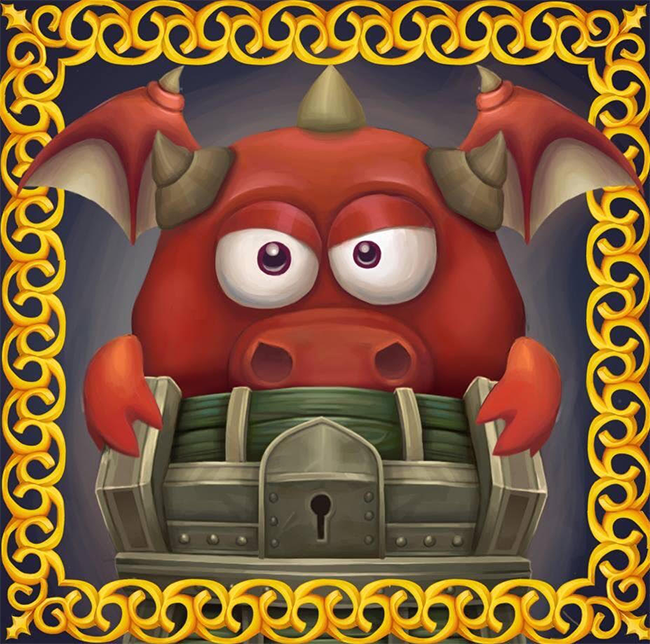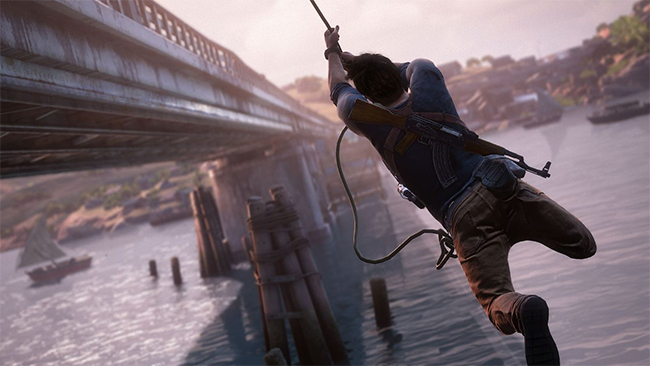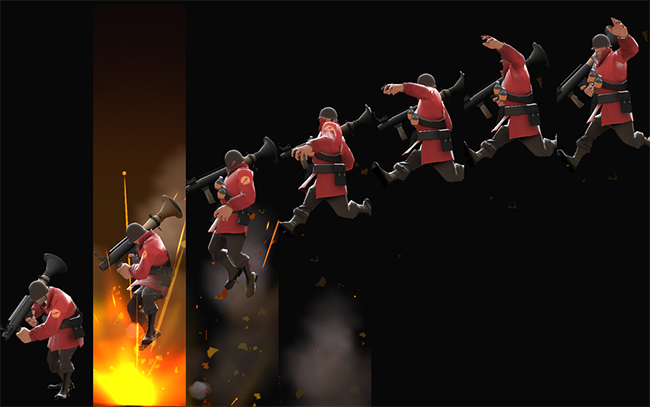(Disclaimer: All opinions are my own and solely my own.)
Hello my Design Enthusiasts,
I hope you are all well, playing or making the games you love. Today I have a special topic which has helped me grow and stop making some rookie mistakes. I am hoping others will read this, and grow as I did.
Introduction:
As many of you know I previously worked at @Ubisoft where I learned a ton of amazing things, while working with some truly incredible people. One of these amazingly talented, intellectual people was my friend Stuart Scott (Snr Level Designer) . During my time at Ubisoft, I was working on a personal project, which was a small runner/platformer for mobile devices called Chest Quest. I had just finished the Alpha stage of development and I was looking for feedback so I asked if Stuart would test the first 3 levels for me.
(Chest Quest – App Icon)
After playing this first level alone Stuart gave me advice (which I will pass on to you) he saw that I was trying to introduce too much at once in one level. In the first level I was trying to teach the player how to Jump and Charge and then master them both at the same time. I was young(er) at the time, so my reasoning behind this was
“I don’t want the player to get bored, and the best way to keep players entertained is to constantly give them new stuff”
This is when Stuart told me that I should focus on Depth, not Breadth
Why do we think this way?
Before I expand further on Stuart’s point I want to tackle why I thought this way, because it is not just me who has thoughts like this. I have seen many young designers at universities or starting their first few projects making the same mistake.
I think (no facts supporting these points just making observations from what I have seen) it is because of these reasons:
- People misread what happens in games, now 9/10 times players will be rewarded with something new but it is not a new mechanic, it is a variation of the same mechanic more often than a new mechanic.
- Not understanding pacing (Rational Game/Level Design) I was not wrong in having multiple mechanics and nor is anyone but I made the mistake of having it at the same time, what is important is how and when to introduce it and when.
- Not having a strong enough mechanic. If you do not have a strong enough mechanic and it is not fun enough to carry a level then you may be tempted to compensate, by adding a new mechanic (If this is true and you only have 1 way to use a mechanic then maybe it is time to cut and loose it)
- New is always more exciting than the old. In today’s society where we are so used to instant gratification and constantly looking to get More followers or likes online, this mindset can carry across into our game design principles.
There will be other reasons but these are the ones which I have noticed. So now that we have an understanding of why this mistake can be a global one, I want to expand on what Stuart (The Man, The Myth, The Legend) meant:
What he means is you should not have 100 mechanics which can only be used for 1 thing but instead have 1 mechanic which can be used in 100 ways.
If you look at some of the great games out there they have a handful of mechanics, yet make sure that these can be expanded upon.
Mechanics:
A game mechanic is a tool/ability that players can use to solve the puzzles/challenges laid out in front of them. Every game has them from Mario’s iconic jumping to Nathan Drake’s grappling hook in Uncharted 4.
Both of these mechanics are great mechanics but why are these two examples that we remember? There are other games out there which allow players to to jump and use grappling hooks. It is because of the multitude of ways in which players can use these mechanics.
In Mario players use the jump to:
- Kill enemies
- Dodge enemies
- Reach platforms
- Activate (containers of) Power-ups
- Cross gaps
In Uncharted 4 players use the grappling hook to:
- Ascend or descend to platforms
- Gain elevation in combat
- Dodge enemy’s attacks in combat
- Travers over gaps
- Attach to vehicles
With just one mechanic players can achieve a multitude of actions. This is what is Stuart was after, this is what keeps players excited! Not something new every two seconds.
(Quick side note with mechanics, they are very expensive to make which is one of the big reasons why there is only a few in a game rather than 100s. It is because it takes a lot of time and effort to truly develop each and every mechanic)
When you are planning/designing mechanics, a good method I use is a spider diagram, with the mechanic in the middle, then branching out what can be done with it. This is a good way to weed out your strongest from your weakest. If you can only do a few things with this mechanic then cut it, no shame in it because it will only benefit your game in the long run.
(Now TitanFall 2 used a mechanic and threw it away just after a single level
and these are fine as long as it serves the purpose of your game. Again do not be afraid to break the rules, but make sure you are breaking the rules to make an impact not to just show you can)
Putting Mechanics together
We just spoke about finding depth in one mechanic but another way to add even more depth (yeah you have left the kiddy pool now) is to think how your mechanics work together in unison. How when players use them together they can create something even more amazing.
The best example of this that springs to mind is the Rocket Jump. in Team Fortress 2 players had a character called the Soldier who used a rocket launcher to kill his enemies and one of the ways that he traversed through the environment was with jumping. But here is where it gets really cool. When players jumped and shot the floor with their rocket it would give players an extra boost in jump height. Allowing players to traverse the map quickly/dodge attacks/gain height elevation in combat and more.
This has come into play with more games now which have pushed the idea even further as seen in MGSV, Legend of Zelda BOTW and GTA Series. It is referred to as Systemic Design where designers think of the systems and how they work together and help create even more exciting elements/scenarios for the players.
Conclusion
Now going back to my story with Stuart, thanks to this I created multiple levels for both mechanics, so not only does the mechanic get its own level, but instead it both mechanics get a few levels each so that the mechanic can be built upon and used in a number of ways to provide a sense of mastery as well as a difficulty curve when combining the two together.
I hope young developers have learned something from this, that you do not need new mechanics all the time but a far more in-depth mechanic, as well as thinking of how all of these mechanics can come together. As this will improve your game ten-fold.
Here is one of the deepest mechanics in a video game in my opinion:
Let this be one of your design mantras moving forward:
Think of Depth, not Breadth.
Cheers guys,
Hope you have enjoyed, do not forget to subscribe to my blog to get my latest blog before it releases.
Twitter: @MaxPears
If you have liked what you have read then please subscribe (below) to be updated with my latest blogs.






